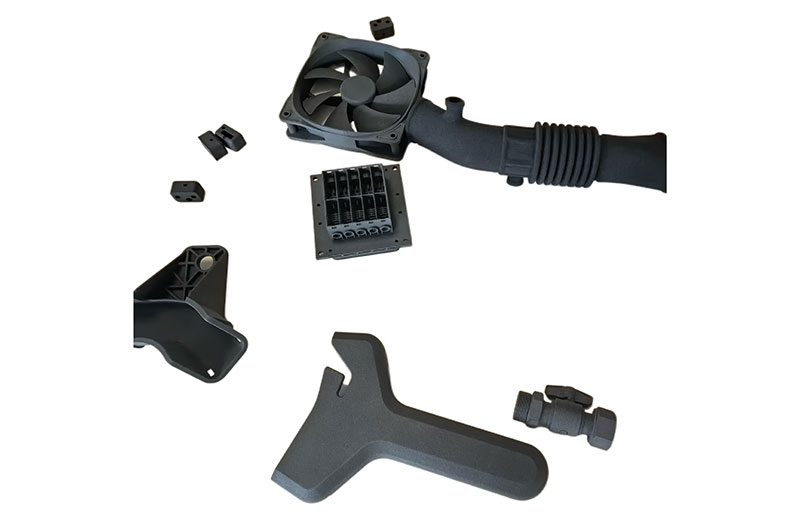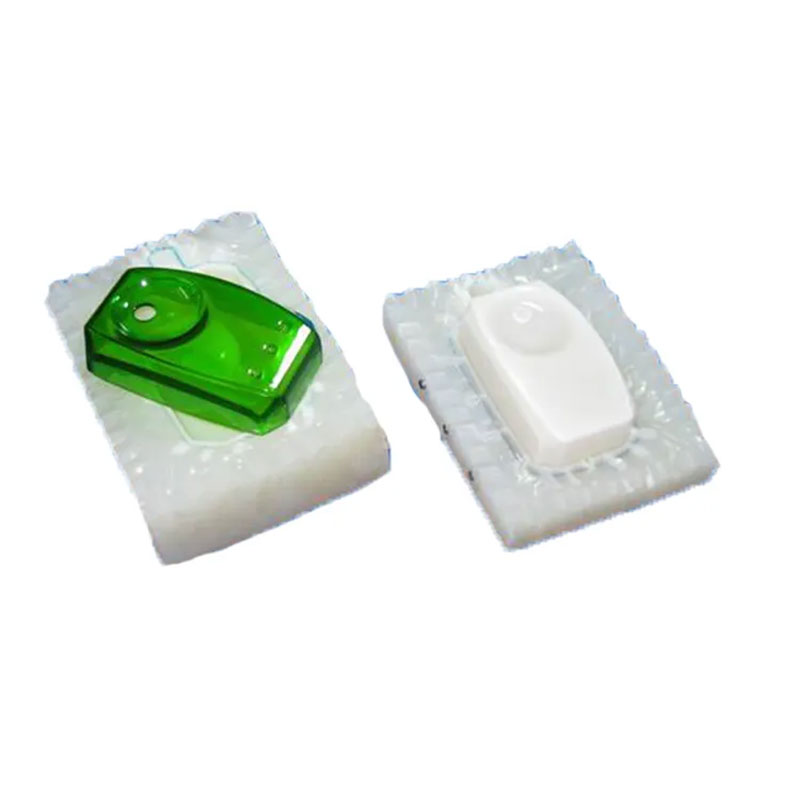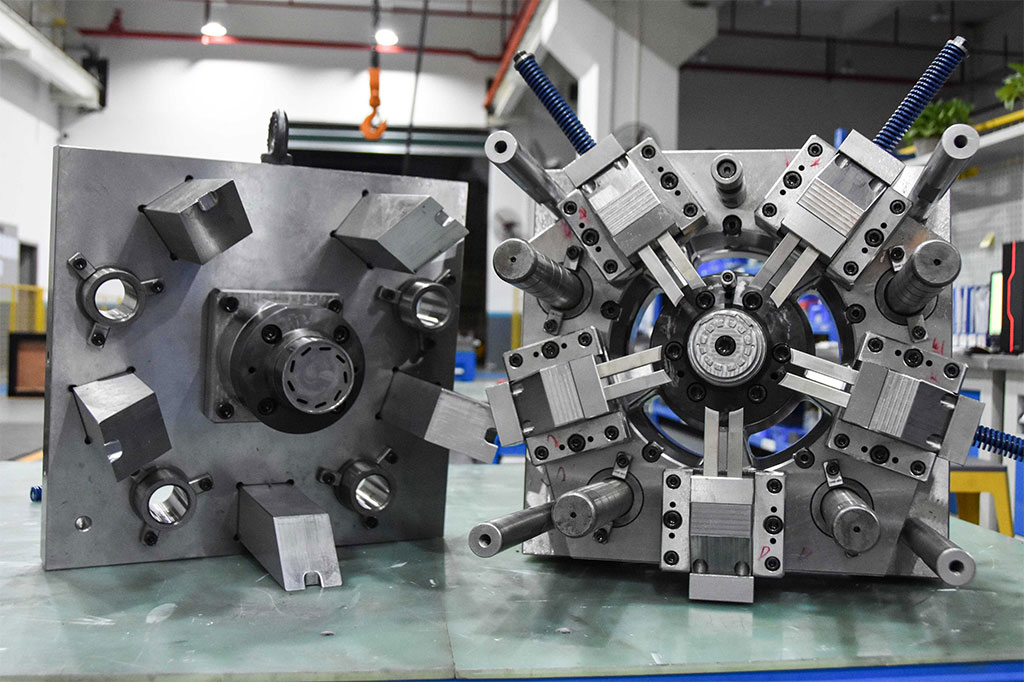Machining is not the only mainstream production method for glass-filled nylon. Its suitability for product development purposes means that it is widely popular in rapid prototyping circles. Some of the alternative methods to process PA+GF are as follows:
3D Printing
Glass-filled nylon is one of the exotic composite filaments in 3D printing with admirable mechanical and thermal properties. These qualities are impressive for prototyping jobs where the final product must survive tough conditions like high temperatures or friction.

The main 3D printing method for glass-reinforced nylon is selective laser sintering (SLS). Occasionally, other methods such as multi-jet fusion (MJF) may also be used.
Injection Molding
PA+GF properties are highly suitable for injection molding, a popular method to process engineering plastics. Injection molding produces similar results to machining but may not be able to get some of the complex geometric features.
As with machining, the abrasive nature of glass particles causes issues like mold wear and rough surface finish. Moreover, the anisotropic nature of glass-filled nylon is another problem. It causes the mold filling process to become non-uniform, leading to warpage and uneven shrinkage of the product.


